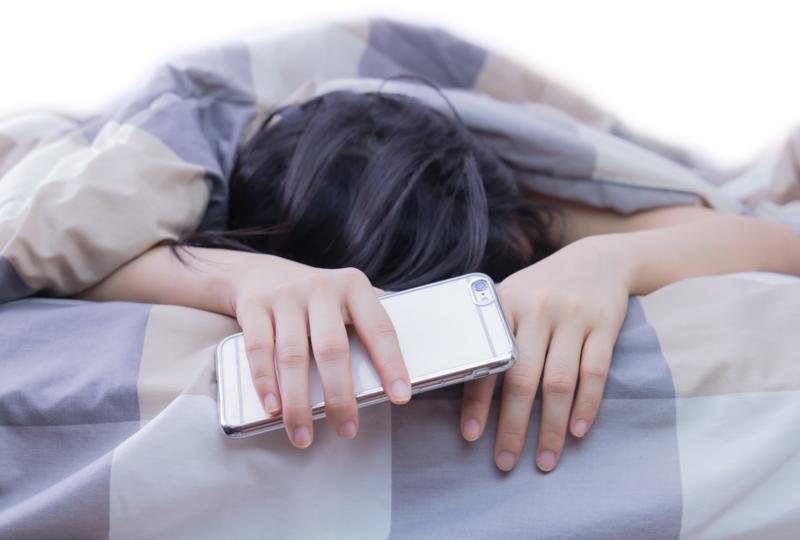Great Life Hacks for Improving Sleep
Mind the Sleeping Conditions
When talking about conditions, we’re referring to both the state of the room as well as the position the person uses to sleep. For the former, it has been a topic of much debate, but the general consensus is that the ideal temperature for deep sleep is somewhere between 60 and 67 degrees Fahrenheit. The reasoning behind this is that, in anticipation of sleep, the body’s temperature decreases. A cool room temperature can help facilitate this process and ease the body into a state of deep, wholesome sleep. Temperatures outside this range may actually lead to negative consequences such as restlessness or insomnia.
Additionally, is it also imperative that the person sleeps with as much darkness as possible during the night. When the person is exposed to darkness, the production of the hormone melatonin is stimulated, creating within him or her the sensation of sleepiness. Conversely, when the person is exposed to light (either natural or artificial), the body is prompted to produce cortisol, the hormone responsible for waking us up and getting us ready for the day ahead. In this manner, a person that sleeps with several light sources in the room — such as those emitted from LED devices or electronics — might have issues with falling asleep or enjoying a good night’s sleep.
